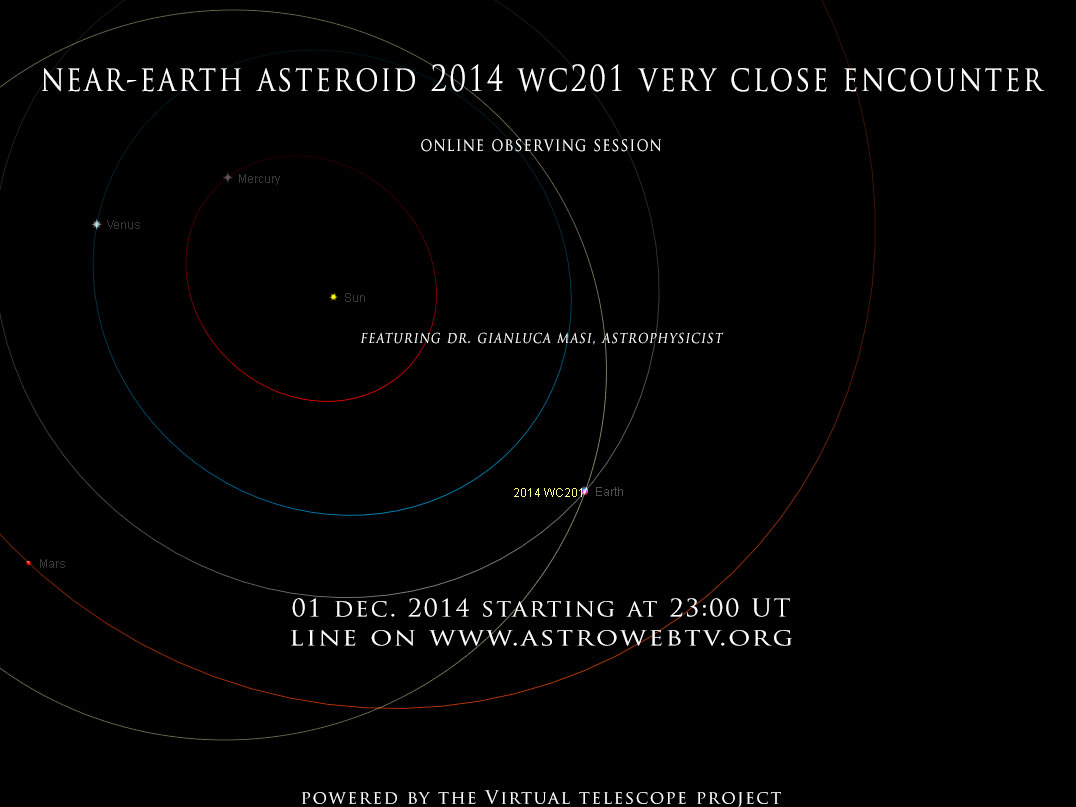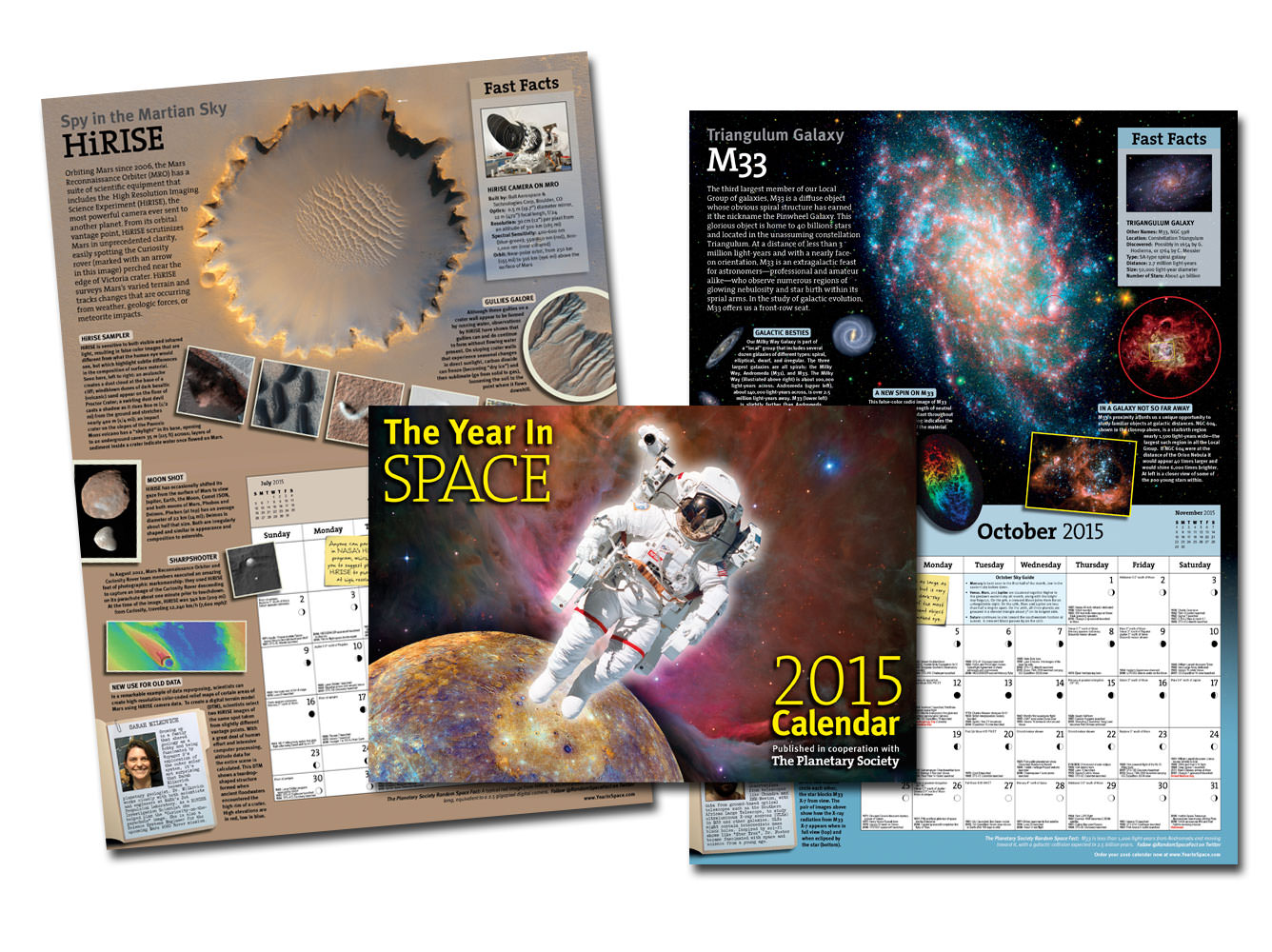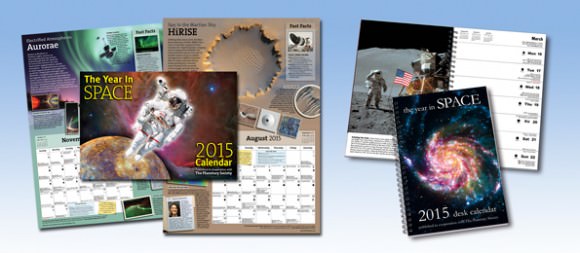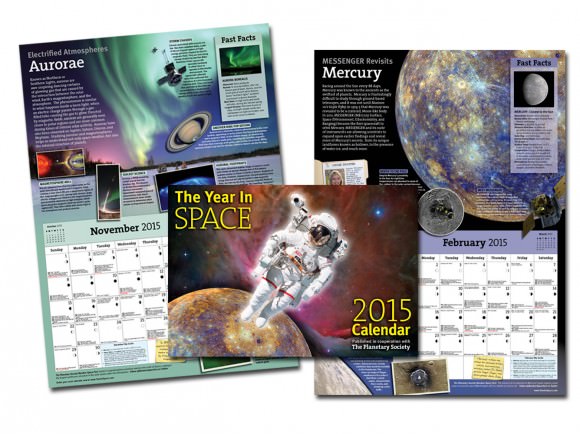Margaret Geller is best known for her work on the large scale structure of the Universe, helping us understand the large clusters, super clusters and cosmic filaments that matter clumps into.
Continue reading “Astronomy Cast Ep. 359: Modern Women: Margaret Geller”
Watch Asteroids Whiz by the Earth-Moon System This Week as First Steps Toward Asteroid Exploration Leave the Launch Pad
It’s a dangerous universe out there, for a budding young space-faring species.
Killer comets, planet sterilizing gamma ray bursts, and death rocks from above are all potential hazards that an adolescent civilization has to watch out for.
This week offers two close shaves, as newly discovered Near Earth Asteroids (NEAs) 2014 WC201 and 2014 WX202 pass by the Earth-Moon system.
The passage of 2014 WC201 is coming right up tonight, as the 27-metre space rock passes about 570,000 kilometres from the Earth. That’s 1.4 times farther than the distance from the Earth to the Moon.
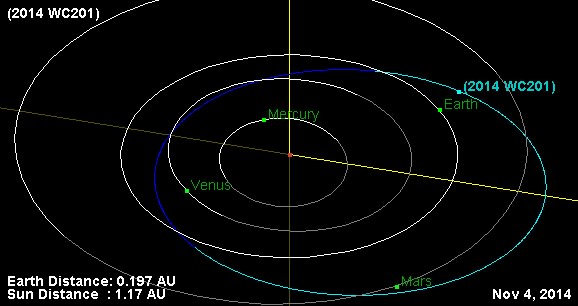
And the good news is, the Virtual Telescope Project will be bringing the passage of 2014 WC201 live tonight starting at 23:00 Universal Time/6:00 PM EST.
Shining at an absolute magnitude of +26, 2014 WC201 will be visible as a +13 apparent magnitude “star” at closest approach at 4:51 UT (December 2nd)/11:51 PM EST (December 1st) moving through the constellation Ursa Major. This puts it within range of a large backyard telescope, though the 80% illuminated waxing gibbous Moon will definitely be a mitigating factor for observation.
The JPL Horizons ephemerides generator is an excellent place to start for crafting accurate coordinates for the asteroid for your location.

At an estimated 27 metres/81 feet in size, 2014 WC201 will no doubt draw “house-sized” or “building-sized” comparisons in the press. Larger than an F-15 jet fighter, asteroids such as WC201 cry out for some fresh new descriptive comparisons. Perhaps, as we near a “Star Wars year” in 2015, we could refer to 2014 WC201 as X-wing sized?
Another Apollo NEO also makes a close pass by the Earth this week, as 6-metre 2014 WX202 passes 400,000 kilometres (about the same average distance as the Earth to the Moon) from us at 19:56 UT/2:56 PM EST on December 7th. Though closer than WC201, WX202 is much smaller and won’t be a good target for backyard scopes. Gianluca Masi over at the Virtual Telescope Project also notes that WX202 will also be a difficult target due to the nearly Full Moon later this week.
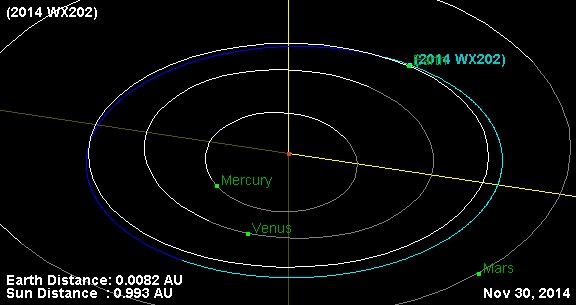
The last Full Moon of 2014 occurs on December 6th at 6:26 AM EST/11:26 Universal Time.
2014 WX202 has also generated some interest in the minor planet community due to its low velocity approach relative to the Earth. This, coupled with its Earth-like orbit, is suggestive of something that may have escaped the Earth-Moon system. Could WX202 be returning space junk or lunar ejecta? It’s happened before, as old Apollo hardware and boosters from China’s Chang’e missions have been initially identified as Near Earth Asteroids.
The Earth also occasionally hosts a temporary “quasi-moon,” as last occurred in 2006 with the capture of RH120. 2014 WX202 makes a series of more distant passes in the 2030s, and perhaps it will make the short list of near Earth asteroids for humans to explore in the coming decades.
And speaking of which, humanity is making two steps in this direction this week, with two high profile space launches.
First up is the launch of JAXA’s Hayabusa 2 from the Tanegashima Space Center on December 3rd at 4:22 UT/11:22 PM EST. The follow up to the Hayabusa asteroid sample return mission, Hayabusa 2 will rendezvous with asteroid 1999 JU3 in 2018 and return samples to Earth in late 2020. The vidcast for the launch of Hayabusa 2 goes live at 3:00 UT/10:00 PM EST on Tuesday, December 2nd.
And the next mission paving the way towards first boot prints on an asteroid is the launch of a Delta 4 Heavy rocket with EFT-1 from Cape Canaveral this Thursday morning on December 4th near sunrise at 7:05 AM EST/12:05 UT. EFT-1 is uncrewed, and will test key technologies including reentry on its two orbit flight. Expect to see crewed missions of Orion to begin around 2020, with a mission to an Earth crossing asteroid sometime in the decade after that.
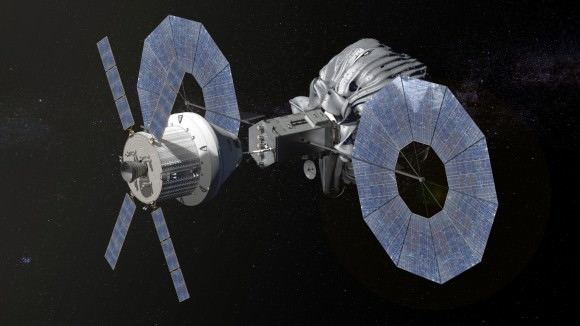
And there are some decent prospects to catch sight of EFT-1 on its first pass prior to its orbit raising burn over the Atlantic. Assuming EFT-1 lifts off at the beginning of its launch window, western Australia may see a good dusk pass 55 minutes after liftoff, and the southwestern U.S. may see a visible pass at dawn about 95 minutes after EFT-1 leaves the pad.
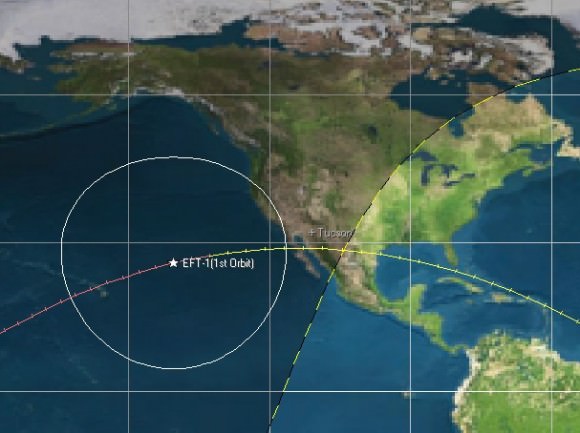
We’ll be tracking these prospects as the mission evolves on launch day via Twitter, and NASA TV will carry the launch live starting at 4:30 AM EST/9:30 UT.
The Orion capsule will come in hot on reentry at a blistering 32,000 kilometres per hour over four hours after liftoff in a reentry reminiscent of the early Apollo era.
Of course, if an asteroid the size of WC201 was on a collision course with the Earth it could spell a very bad day, at least in local terms. For comparison, the 2013 Chelyabinsk meteor was estimated to be 18 metres in size, and the 1908 Tunguska impactor was estimated to be 60 metres across. And about 50,000 years ago, a 50 metre in diameter space rock came blazing in over the ponderosa pine trees near what would one day be the city of Flagstaff, Arizona to create the 1,200 metre diameter Barringer Meteor Crater you can visit today.
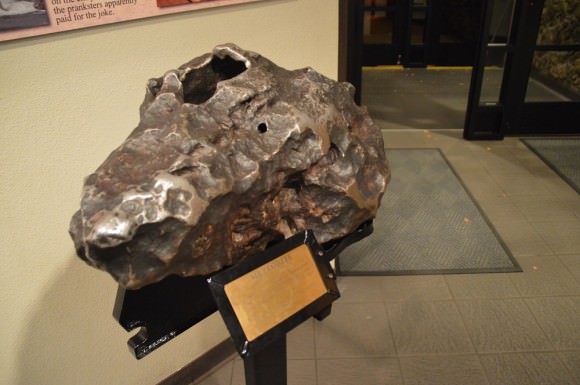
All the more reason to study hazardous space rocks and the technology needed to reach one in the event that we one day need to move one out of the way!
This Short Film is a Stunning Preview of Human Space Exploration
One day – and it really is only matter of time – humans will set foot on the surfaces of other far-flung worlds in our Solar System, leaving the Earth and Moon far behind to wander the valleys of Mars, trek across the ice of Europa, and perhaps even soar through the skies of Titan like winged creatures from ancient legends. But until then we must rely on the exploration of our robotic emissaries and our own boundless imagination and curiosity to picture what such voyages would be like. Here in “Wanderers,” video artist Erik Wernquist has used both resources in abundance to visualize fascinating off-world adventures yet to be undertaken by generations to come.
Continue reading “This Short Film is a Stunning Preview of Human Space Exploration”
The Perfect Holiday Gift: The Year In Space Calendar 2015!
Here’s our most-recommended holiday gift every year: The Year In Space Calendar! And for 2015 it’s back, it’s big and it’s what every space enthusiast will enjoy all year. The gigantic wall calendar is full of amazing color images, daily space facts, historical references, and it even shows you where you can look in the sky for all the best astronomical sights. The 2015 version of Steve Cariddi’s wonderful Year in Space wall and desk calendars are now available to order, perfect for your Cyber Monday shopping.
The gorgeous wall calendar has over 120 crisp color images and is larger, more lavishly illustrated, and packed with more information than any other space-themed wall calendar. It’s a huge 16″ x 22″ when hanging up!
Published in cooperation with The Planetary Society, the Year In Space calendar takes you on a year-long guided tour of the Universe, providing in-depth info on human space flight, planetary exploration, and deep sky wonders. You’ll even see Universe Today featured in this calendar!
Other features of the Year In Space calendar:
– Background info and fun facts
– A sky summary of where to find naked-eye planets
– Space history dates
– Major holidays (U.S. and Canada)
– Daily Moon phases
– A mini-biography of famous astronomer, scientist, or astronaut each month
These calendars normally sell for $17.95, but Universe Today readers can buy the calendar for only $13.95 or less (using the “Internet” discount), and get free U.S. shipping and discounted international shipping. There are also volume discounts. Check out all the details here.
There’s also the 136-Page Desk Calendar at a similar discounts.
You can preview the entire calendar at the Year in Space Calendar website.
And FYI, Universe Today will be having some giveaways of this calendar soon, but put in your gift orders today!
Jupiter-Bound Spacecraft Takes A Small Step To Seek Habitable Worlds
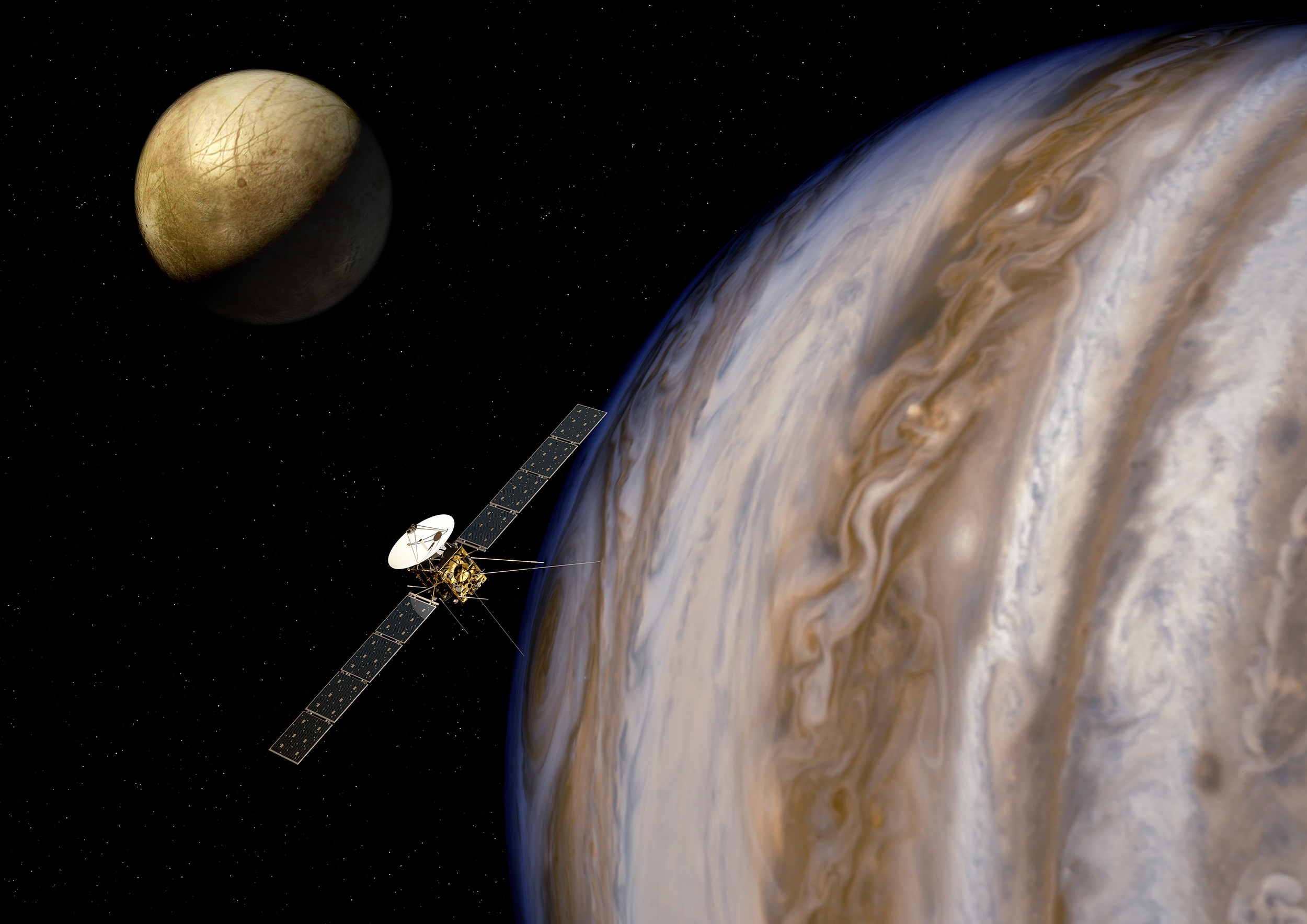
It takes years of painstaking work to get a spacecraft off the ground. So when you have a spacecraft like JUICE (the Jupiter Icy Moons Explorer) set to launch in 2022, you need to back up about a decade to get things figured out. How will the spacecraft get there? What science instruments will it carry? What will the spacecraft look like and what systems will support its work?
JUICE just hit another milestone in its development a few days ago, when the European Space Agency gave the go-ahead for the “implementation phase” — the part where the spacecraft design begins to take shape. The major goal of the mission will be to better understand those moons around Jupiter that could be host to life.
The spacecraft will reach Jupiter’s system in 2030 and begin with observations of the mighty planet — the biggest in our Solar System — to learn more about the gas giant’s atmosphere, faint rings and magnetic environment. It also will be responsible for teaching us more about Europa (an icy world that could host a global ocean) and Callisto (a moon pockmarked with the most craters of anything in the Solar System.)
Its major departure from past missions, though, will come when JUICE enters orbit around Ganymede. This will the first time any spacecraft has circled an icy moon repeatedly; past views of the moon have only come through flybys by the passing-through spacecraft (such as Pioneer and Voyager) and the Galileo mission, which stuck around Jupiter’s system in the 1990s and early 2000s.
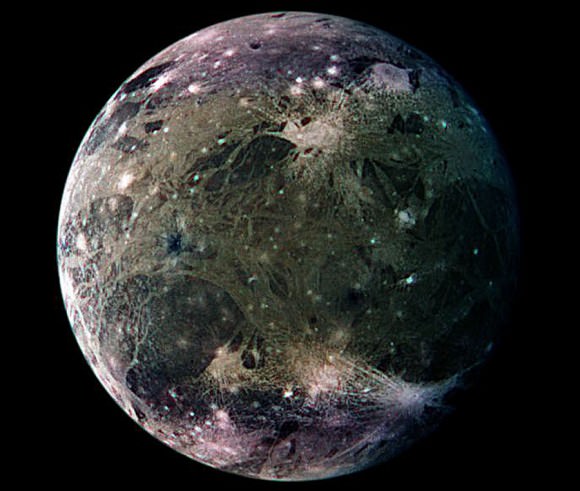
With Ganymede, another moon thought to host a global ocean, JUICE will examine its surface and insides. What makes the moon unique in our neighborhood is its ability to create its own magnetic field, which creates interesting effects when it interacts with Jupiter’s intense magnetic environment.
“Jupiter’s diverse Galilean moons – volcanic Io, icy Europa and rock-ice Ganymede and Callisto – make the Jovian system a miniature Solar System in its own right,” the European Space Agency stated when the mission was selected in 2012.
“With Europa, Ganymede and Callisto all thought to host internal oceans, the mission will study the moons as potential habitats for life, addressing two key themes of cosmic vision: what are the conditions for planet formation and the emergence of life, and how does the Solar System work?”
JUICE is one of several major spacecraft ESA plans to launch in the next couple of decades. You can read more about the other Cosmic Vision candidates at this ESA website.
Source: European Space Agency
What Came Before the Big Bang?

Astronomers are pretty sure what happened after the Big Bang, but what came before? What are the leading theories for the causes of the Big Bang?
About 13.8 billion years ago the Universe started with a bang, kicked the doors in, brought fancy cheeses and a bag of ice, spiked the punch bowl and invited the new neighbors over for all-nighter to encompass all all-nighters from that point forward.
But what happened before that?
What was going on before the Big Bang? Usually, we tell the story of the Universe by starting at the Big Bang and then talking about what happened after. Similarly and completely opposite to how astronomers view the Universe… by standing in the present and looking backwards. From here, the furthest we can look back is to the cosmic microwave background, which is about 380,000 years after the big bang.
Before that we couldn’t hope to see a thing, the Universe was just too hot and dense to be transparent. Like pea soup. Soup made of delicious face burning high energy everything.
In traditional stupid earth-bound no-Tardis life unsatisfactory fashion, we can’t actually observe the origin of the Universe from our place in time and space.
Damn you… place in time and space.
Fortunately, the thinky types have come up with some ideas, and they’re all one part crazy, one part mind bendy, and 100% bananas. The first idea is that it all began as a kind of quantum fluctuation that inflated to our present universe.
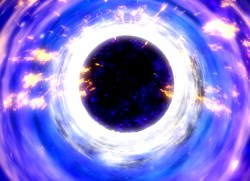
Something very, very subtle expanding over time resulting in, as an accidental byproduct, our existence. The alternate idea is that our universe began within a black hole of an older universe.
I’m gonna let you think about that one. Just let your brain simmer there.
There was universe “here”, that isn’t our universe, then that universe became a black hole… and from that black hole formed us and EVERYTHING around us. Literally, everything around us. In every direction we look, and even the stuff we just assume to be out there.
Here’s another one. We see particles popping into existence here in our Universe. What if, after an immense amount of time, a whole Universe’s worth of particles all popped into existence at the same time. Seriously… an immense amount of time, with lots and lots of “almost” universes that didn’t make the cut.

More recently, the BICEP2 team observed what may be evidence of inflation in the early Universe.
Like any claim of this gravity, the result is hotly debated. If the idea of inflation is correct, it is possible that our universe is part of a much larger multiverse. And the most popular form would produce a kind of eternal inflation, where universes are springing up all the time. Ours would just happen to be one of them.
It is also possible that asking what came before the big bang is much like asking what is north of the North Pole. What looks like a beginning in need of a cause may just be due to our own perspective. We like to think of effects always having a cause, but the Universe might be an exception. The Universe might simply be. Because.
You tell us. What was going on before the party started? Let us know in the comments below.
And if you like what you see, come check out our Patreon page and find out how you can get these videos early while helping us bring you more great content!
Dawn Spacecraft Will Take Pictures Of Its Target Dwarf Planet Today
The year 2015 is going to be a big one for far-off spacecraft. Among them is the long-running Dawn mission, which is on its way to the dwarf planet Ceres (by way of Vesta) and should settle into orbit in April after a radiation blast delayed the original flight plan.
And today (Dec. 1) comes a special day for Dawn — when it turns its cameras to Ceres to capture the world, which will appear about nine pixels across. The reason? Besides scientific curiosity, it turns out to be a perfect calibration target, according to NASA.
“One final calibration of the science camera is needed before arrival at Ceres,” wrote Marc Rayman, the mission director at the Jet Propulsion Laboratory, in a recent blog post.
“To accomplish it, the camera needs to take pictures of a target that appears just a few pixels across. The endless sky that surrounds our interplanetary traveler is full of stars, but those beautiful pinpoints of light, while easily detectable, are too small for this specialized measurement. But there is an object that just happens to be the right size. On Dec. 1, Ceres will be about nine pixels in diameter, nearly perfect for this calibration.”
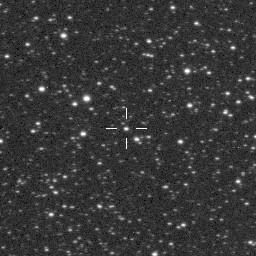
This isn’t the first picture of Ceres by Dawn — not by a long-shot — but it sure will loom bigger than you see in the image at left, which was taken in 2010. Dawn hadn’t even arrived at Vesta at the time, the blog post points out, and the spacecraft was about 1,300 times further from Ceres then as it is now. Translating that into visual magnitude, the new pictures of Ceres will show an appearance about as bright as Venus, from Earth’s perspective.
In October, the Dawn blog said that more pictures of Ceres are planned on Jan. 13, when Ceres will appear 25 pixels across. This won’t be quite the best view ever — that was taken by the Hubble Space Telescope, which you can see below, — but just wait a couple of weeks. The mission planners say that by Jan. 26, the images will be slightly better. On Feb. 4, they will be twice as good and by Feb. 20, seven times as good.
As with the calibration photo taken today, these photos in 2015 will have a double purpose: optical navigation. It’s to help the spacecraft figure out where to go, because our pictures of Ceres are so fuzzy that mission planners will need more exact information as the mission proceeds.
You can read more information about the picture-taking, and Dawn’s planned approach to Ceres, in the Nov. 28 entry of the Dawn blog.
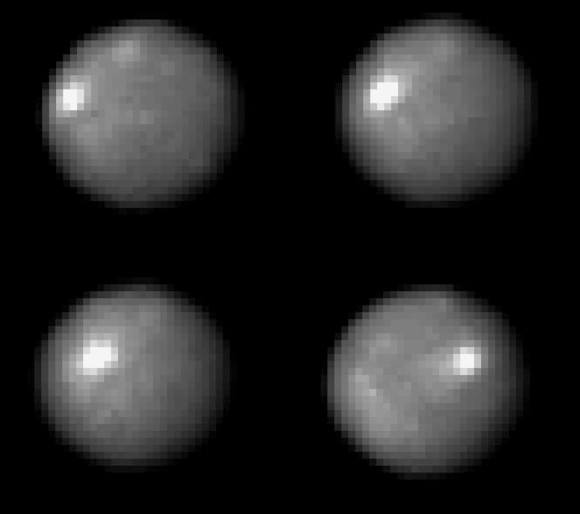
Carnival of Space #382
The tent is up! This week’s Carnival of Space is hosted by Pamela Hoffman at the Everyday Spacer blog.
Click here to read Carnival of Space #382.
And if you’re interested in looking back, here’s an archive to all the past Carnivals of Space. If you’ve got a space-related blog, you should really join the carnival. Just email an entry to [email protected], and the next host will link to it. It will help get awareness out there about your writing, help you meet others in the space community – and community is what blogging is all about. And if you really want to help out, sign up to be a host. Send an email to the above address.
Probing Pluto’s Paltry Atmosphere Using A Solar Eclipse And Spacecraft
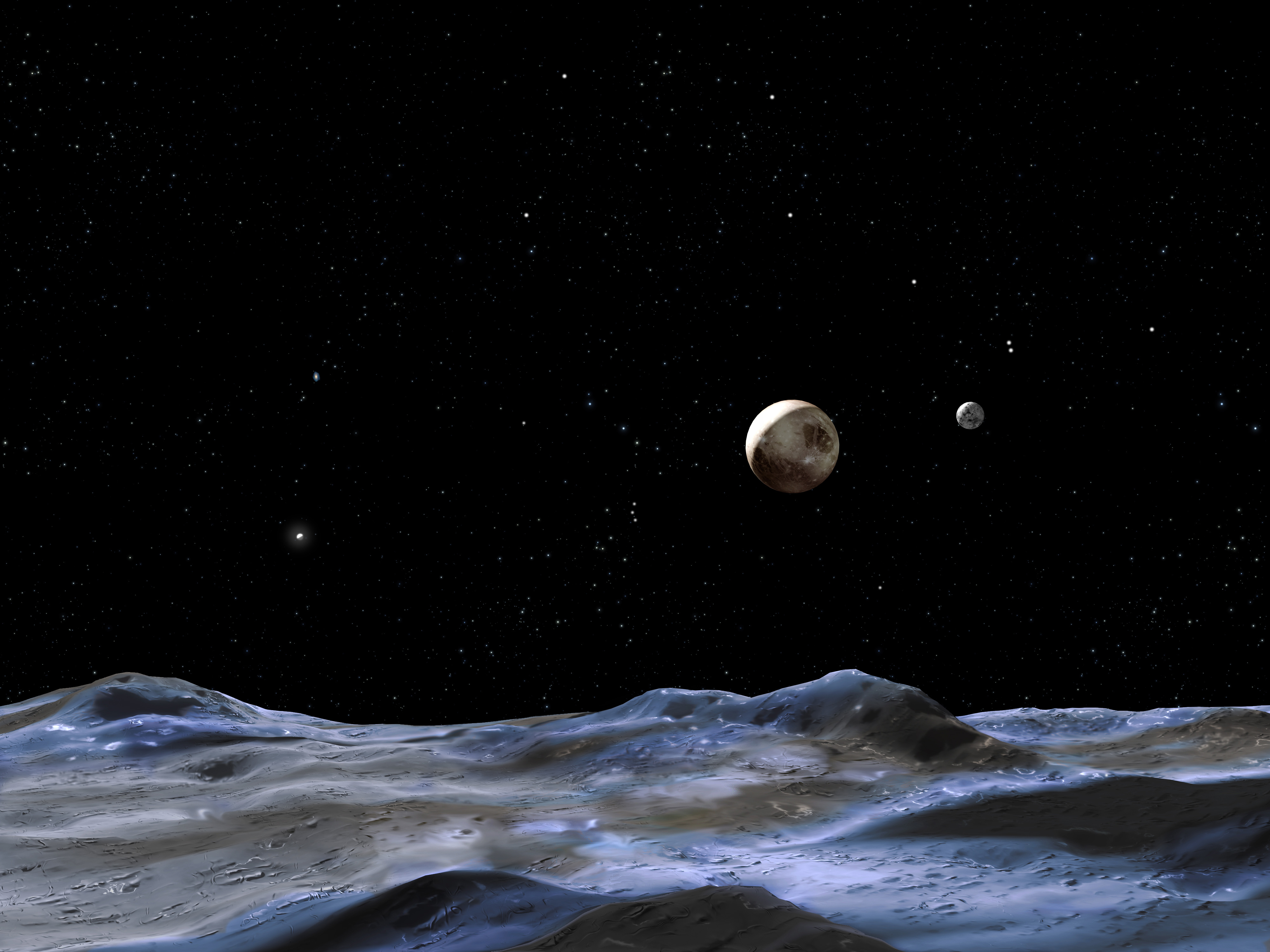
Pluto is so far away from us and so tiny that it’s hard to glean even basic facts about it. What is its tenuous atmosphere made of? And how to observe it during NASA’s New Horizons very brief flyby next July? A recent Johns Hopkins blog post explains how a careful maneuver post-Pluto will let investigators use the Sun to examine the dwarf planet’s true nature.
Investigators will use an instrument called Alice, an ultraviolet spectrometer, to look at the atmosphere around Pluto and its largest moon, Charon. Alice is capable of examining the gases in the atmosphere using a large “airglow” aperture (4 by 4 centimeters) and also using the Sun for observation with a smaller, 1-mm solar occultation channel.
“Once New Horizons flies past Pluto, the trajectory will conveniently (meaning, carefully planned for many years) fly the spacecraft through Pluto’s shadow, creating an effect just like a solar eclipse here on Earth,” wrote Joel Parker, New Horizons co-investigator, in a blog post.
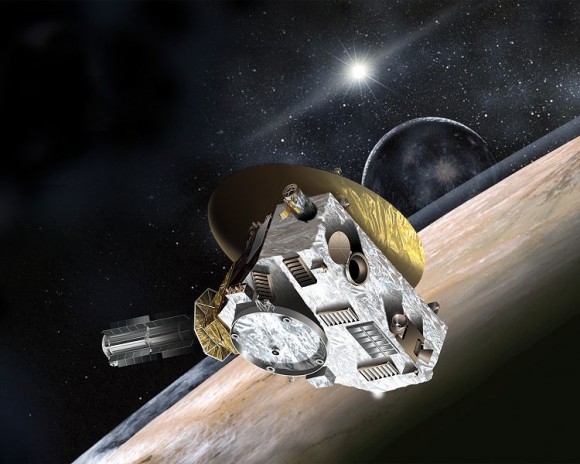
“So we can (and will) just turn the spacecraft around and stare at the Sun, using Alice as it goes behind Pluto to measure how the Sun’s ultraviolet light changes as that light passes through deeper and deeper parts of Pluto’s atmosphere. This technique lets us measure the composition of Pluto’s atmosphere as a function of altitude.”
And guess where the technique was used not too long ago? Titan! That’s a moon of Saturn full of hydrocarbons and what could be a precursor chemistry to life. The moon is completely socked in with this orange haze that is intriguing. Scientists are still trying to figure out what it is made of — and also, to use our understanding of it to apply to planets outside our solar system.
When a huge exoplanet passes in front of its star, and it’s close enough to Earth, scientists are starting to learn how to ferret out information about its chemistry. This shows them what temperature the atmosphere is like and what it is made of, although it should be emphasized scientists are only starting on this work.
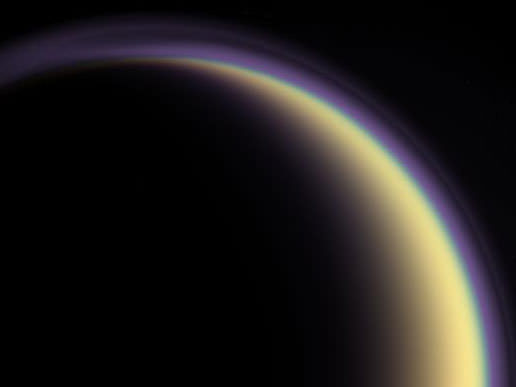
The goal of performing these transit observations of Titan was to understand how haze on an exoplanet might blur the observations. From four passes with the Cassini spacecraft, the team (led by Tyler Robinson at NASA’s Ames Research Center) found that haze would make it difficult to get information from all but the upper atmosphere.
“An additional finding from the study is that Titan’s hazes more strongly affect shorter wavelengths, or bluer, colors of light,” NASA stated at the time. “Studies of exoplanet spectra have commonly assumed that hazes would affect all colors of light in similar ways. Studying sunsets through Titan’s hazes has revealed that this is not the case.”
The nature of Pluto will better come to light when New Horizons makes its pass by the planet in July 2015. Meanwhile, controllers are counting down the days until the spacecraft emerges from its last hibernation on Saturday (Dec. 6).
Source: Johns Hopkins Applied Physics Laboratory

